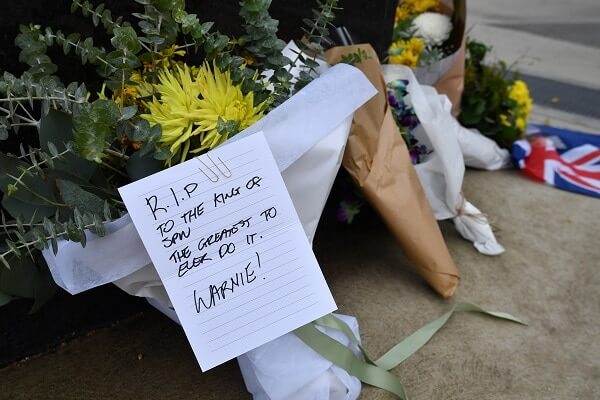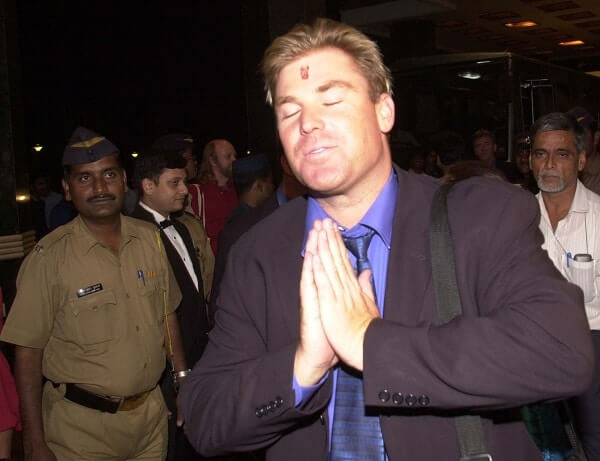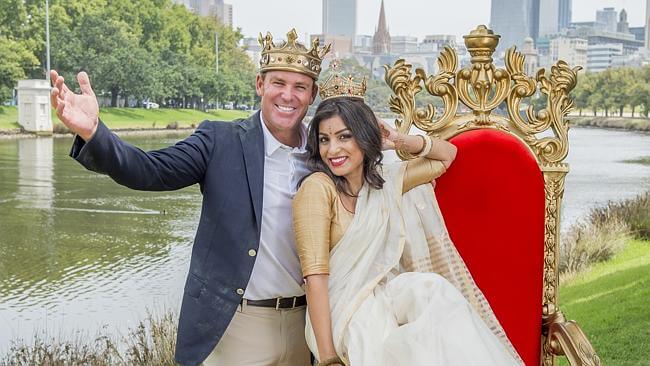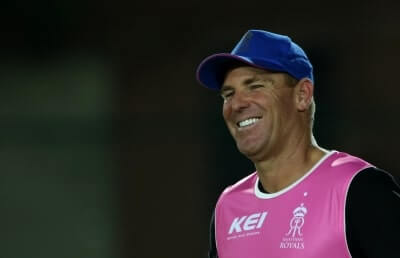Like so many others, I grew up idolising the enigma that was, and now forever will be, Shane Warne. Self-evidently a wizard with the ball in hand, he also mastered the psychological side of cricket at a level that few – if any – have since. Many of his sledges are already cricketing folklore; but antithetically, the power of Warne’s presence at the bowling crease was fundamentally about what was unsaid. The smile, the stare into the batsman’s eyes, the lick of the lips, the fact that even after he was hit for a boundary, there was a sense that it was all part of the plan – and it almost always was.

Warne’s sudden death of a suspected heart attack in a hotel room in Thailand on Friday night at just 52 years of age is not only devastating, but for such a colossus of the game, unbefitting. It follows closely the passing of another beloved Australian sporting idol, former Test wicketkeeper Rod Marsh, capping off a horror week not just for Australian cricket, but the game at large.

Like many sporting greats, in his early days, Warne received a sports scholarship to in his teenage years; but it was not for cricket. Despite being short and chubby in stature, Warne took up a sports scholarship to Mentone Grammar School for Australian rules football at the age of 15, and was a talented enough full-forward to earn a trial contract with the St Kilda Under-19s side.
Yet his talent with the cricket ball soon became too difficult to ignore, and despite a difficult start to his international career, it didn’t take long for Warne to capture the world’s imagination and attention in a way that few have since. His craft – leg-spin – inherently lent itself to mystery and beguilement, but it was the total package that set Warne apart. The zinc slathered across his nose, the striking blond hair, the leisurely stroll into the crease before a vicious snap of the wrist and flick of the fingers, an action that millions have sought to emulate at least once in their life.
In England and India – Warne’s two greatest opponents on the field – he was as respected and admired off the field as he was feared on it. That much is evident from the glowing tributes that have poured in since his passing, including from Sachin Tendulkar, with whom Warne shared some of cricket’s most memorable and cherished battles, Sharjah and Chennai in 1998 being foremost amongst those.

Warne took 708 Test wickets, the second-most of all time behind Sri Lankan off-spinner Muttiah Muralitharan, who took 800. Despite the clear gap, so exceptional was Warne that there is an almost universal recognition (at least outside Sri Lanka) that he was the superior bowler. Leg-spin is a harder trade, Warne played most of his career on the relatively unfriendly tracks of Australia and England, and unequivocally Warne was the more feared bowler for batsmen standing across 22 yards.

Off the field, if it was always written that he was destined for only 52 years, Warne certainly lived like it.

He was unapologetically a fan of the guiltier pleasures in life: fast food, alcohol, drugs, sex. In Warne’s own words, “I liked loud music, smoked, I drank, and bowled a bit of leg spin. I don’t have any regrets.” Close friends have described his life as revolving around Tinder, beers, darts, gambling and cricket. He was a regular on the World Series of Poker tour, played golf – and quite well at that – at some of the most exclusive courses in the world, and it has been whispered in press circles that he has on occasion been found asleep behind a couch, when due on air for a commentary stint.
In short, Warne lived the hedonistic lifestyle that many can only dream of.
In recent years, it is fair to say that love for Warne had dwindled somewhat. There was an on-field stoush with Marlon Samuels, the one-sided bickering in Warne’s decades-long feud with former Australian captain Steve Waugh, and more recently the childish insults that he hurled at former Test bowler Chadd Sayers. Warne also mocked Test batsman Marnus Labuschagne in a hot-mic gaffe, labelled journalist Waleed Aly an “arrogant cretin” for referencing an audit of the now-defunct Shane Warne Foundation, and even claimed that humans evolved from aliens.
But it would be fickle to say that these episodes in any way diminish Warne’s legacy. Rather, they evidence that Warne’s longest innings was played exactly how he played the game: unflinchingly honest, combative and captivating. In an era where PR firms are rapidly engaged to handle even the most minor of crises, Warne was never one to retreat or backpedal.
Cricket is poorer without Shane Warne, but he gave so much that it was unfair of us to have expected more.
READ ALSO: Down Underdogs: A cricket docuseries



